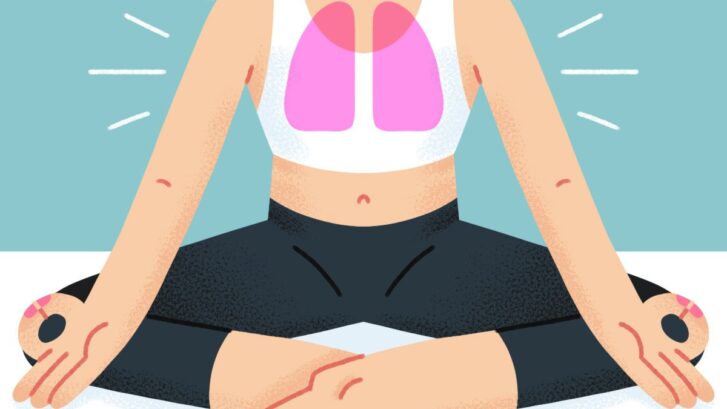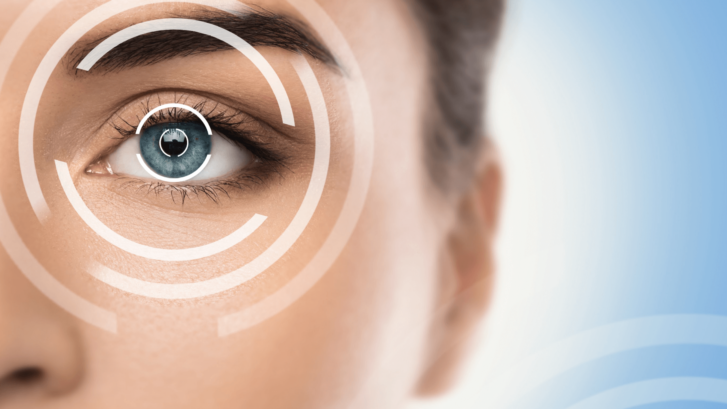Important Flu Season Update from Your Concierge Doctors in Jupiter
As your trusted Concierge Doctors in Jupiter, we are committed to keeping you informed about health concerns that might affect our community. This year, we face a challenging flu season that has seen a significant rise in influenza cases and other respiratory illnesses across 38 states, as reported by the Centers for Disease Control and Prevention (CDC). This update is particularly relevant as we navigate the period between Christmas and New Year’s, which has shown a dramatic increase in flu activity.
The CDC’s latest report is alarming yet crucial for our awareness: since October, there have been at least 10 million flu-related illnesses, leading to 110,000 hospitalizations and 6,500 deaths. These figures emphasize the severity of the current flu season, which generally peaks between December and February.
On a more reassuring note, the CDC director has confirmed that this year’s flu shots are well-matched to combat the prevalent strain. This is a significant factor in controlling the spread and severity of the flu, and we strongly encourage you to get vaccinated if you haven’t already.
In our local area, including our practice in Jupiter, pediatricians have noted an increase in respiratory illnesses among children and young adults up to age 21. Reflecting on the situation at Johns Hopkins All Children’s Hospital, Dr. Megan Martin mentions, “We’re still seeing RSV and COVID as well. It’s keeping our emergency department pretty busy with all of these respiratory illnesses.”
In December, the hospital reported a rise in flu A and B cases, with 431 instances, and more than 185 cases of RSV. Additionally, 61 patients tested positive for COVID-19. Dr. Martin compares this to pre-pandemic years, noting that while it’s not the worst flu season, it is notably rigorous compared to the pandemic years when mask-wearing reduced transmission significantly.
At our Concierge Doctors office in Jupiter, we are closely monitoring these developments and are here to support your health needs during this flu season. We advise our patients to take preventive measures such as getting vaccinated, practicing good hygiene, and being mindful of symptoms. If you or your family members are experiencing flu-like symptoms, please reach out to us for guidance and treatment options.
Our priority is your health and well-being. By staying informed and proactive, we can collectively navigate through this flu season safely. Remember, we are here to assist you with any health concerns you may have.










